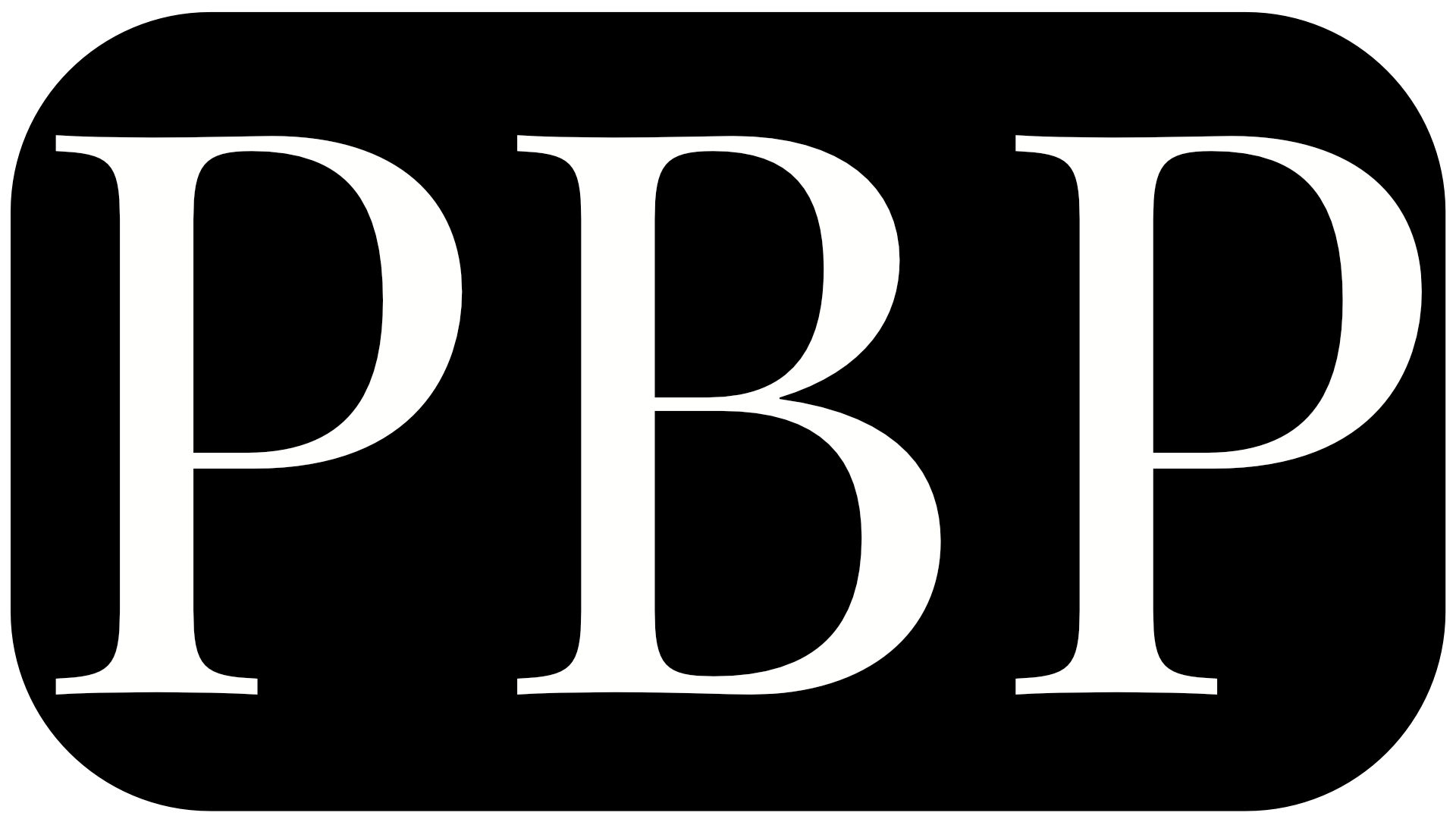Just today I received copies of my new Zondervan book: The Bible vs. Biblical Womanhood:
How God’s Word Consistently Affirms Gender Equality, 223 pages. Click HERE to see it.
It is written for non-specialists to make complex ideas as simple and clear as possible. It includes extensively updated material on 1 Corinthians 14:34–35, including photographs of all 16 two-dot plus bar (distigme-obelos) symbols in the oldest Bible in Greek, Codex Vaticanus B.
Beth Allison Barr writes: “Payne makes it clear that ‘biblical womanhood’ has never been biblical. His careful analysis provides unshakeable ground that we can believe both in the Bible and in the full freedom of women to serve however God has called them.”
Click HERE to see other endorsements.
https://www.amazon.com/Bible-vs-Biblical-Womanhood-Consistently-ebook/dp/B0B5CVBJ4R states that it is the “#1 New Release in Gender & Sexuality in Religious Studies” and sells it for $17.99 paperback, $12.99 Kindle.

Hello Philip, I throughly enjoyed your new book, The Bible vs. Biblical Womanhood. I spent the last three days reading it. Thank you for your clear, concise writing and very clear and to the point biblical conclusions.
I am grieved at all my current Bible translations (AMP, ESV, NLT) that do not reflect your amazing translations found in your book. How do I rectify this—other than dusting off my Greek books from Bible college? What translation do you suggest?
Thank you, Chantel, for your encouraging comments. As my review of the ESB Study Bible at https://www.cbeinternational.org/resource/book-review-esv-study-bible/ shows, the ESV is particularly biased in favor of male hierarchy in its translation of passages regarding man and woman.
Following is my response submitted to Christianity Today to a fine article entitled, “When A Word Is Worth A Thousand Complaints (and When It Isn’t) Bible translation is about more than just technical accuracy.” by JORDAN K. MONSON|DECEMBER 21, 2020:
As a Bible translator and son of J. Barton Payne, NIV OT final exegetical committee chairman, I applaud Monson’s insightful article. Indeed, “the best translations are often the result of iron sharpening iron.” Doug Moo submitted to the NIV revision committee, and that committee accepted my analysis that authentein, from “self-achieving,” in 1 Tim 2:12 should be translated “to assume authority.” Paul specifically restricts women who did not have recognized teaching authority from assuming that authority for themselves (e.g. 1 Tim 5:14–15). Priscilla had recognized teaching authority (Acts 18:26) and so could teach in Ephesus (2 Tim 4:19). I sent this analysis to the ESV revision committee chairman, but he refused to let the ESV revision committee members see it. As a result, they kept “to exercise authority” even though authentein does not contain the word for “authority” used throughout the NT (exousia) and even though authentein first clearly means “exercise authority” 300 years later. It is not just the study notes, but also the ESV text that suffers from a lack of iron sharpening iron.
You can find throughout my books examples of Bible versions that support my translations. So, for instance, both the CEB (Common English Bible) and the CEV (Contemporary English Version) translate both 1 Timothy 3 and Titus 1’s lists of requirements for overseers and elders like the original Greek by not inserting any “he,” “him,” or “his.”
I am part of a team of scholars who are writing a book about how to translate Bible passages about man and woman properly. Hopefully, it will influence future translations and revisions of existing translations.
You ask, “How do I rectify this?” One thing you can do that would encourage others to read The Bible vs. Biblical Womanhood is to submit a 5-star review of it to Amazon. As this book becomes more influential, it may cause future Bible translations and translation revisions to make better translation decisions.
In the joy of the Lord,
Phil Payne
philip.b.payne@gmail.com